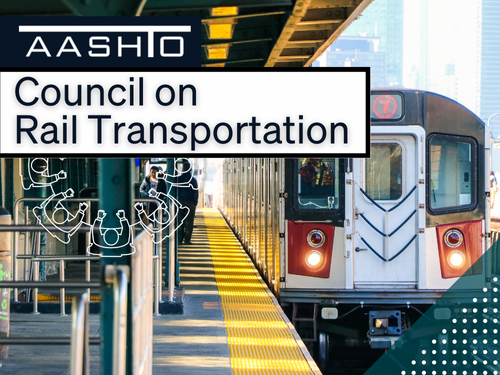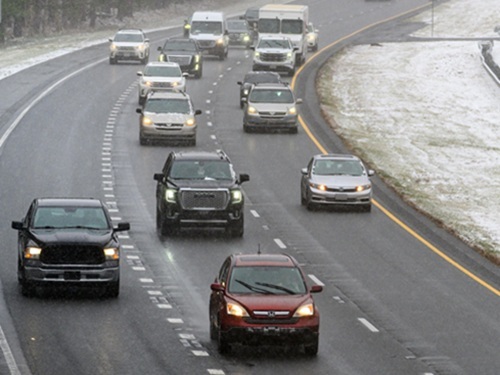More than a quarter of adults aged 25 and older in the United States experience transportation “insecurity,” meaning they are unable to move from place to place in a safe or timely manner, according to research by the University of Michigan.
[Above photo by FTA]
Through the Transportation Security Index, developed by the university’s researchers, “transportation insecurity” closely correlates to income level. More than half of people living below the poverty line experience transportation insecurity, according to the school’s data, which is higher than the rate of food insecurity among people in poverty.

The latest research found transportation insecurity occurred more frequently among Black adults (33 percent) and Hispanic adults (29 percent) compared to White adults (19 percent).
Residents of urban areas (39 percent) are more likely to experience transportation insecurity compared to suburban (22 percent) and rural (13 percent) residents, the university’s researchers said, with transportation insecurity rates are higher among people who do not own a car (42 percent) compared to car owners (18 percent).
“Transportation security is an essential element of economic mobility, individual well-being and understanding how to address poverty,” said Alexandra Murphy, assistant professor of sociology at the University of Michigan, in a blog post.

“If people don’t have the ability to move from place to place, they’re going to struggle to get to work, health care appointments, school, grocery stores and social services,” she explained. “They will also find it challenging to stay connected to important sources of social support, including friends and family.”
Murphy co-led the research team that developed the Transportation Security Index for the school. Modeled after the Food Security Index, the Transportation Security Index includes a 16-question survey focused on the symptoms of transportation insecurity, like taking a long time to plan everyday trips, rescheduling appointments or worrying about inconveniencing acquaintances for help with transportation.
The researchers developed the survey’s questions through “extensive” qualitative research, which included interviews with 187 low-income residents in urban, suburban, and rural areas in the Midwest.

The survey asks how often people experience various symptoms of transportation security and assigns a transportation security score based on their responses, divided into five levels: no insecurity, marginal insecurity, low insecurity, moderate insecurity ,and high insecurity.
“Focusing on symptoms of transportation insecurity … spares urban planners, government officials, social scientists and transportation experts from attempting the impossible task of cataloging every possible variable — from bus schedules to gas prices — that influences transportation insecurity,” explained Alix Gould-Werth, director of family economic security policy at the Washington Center for Equitable Growth. He co-led the Transportation Security Index research with Murphy.
State departments of transportation conduct similar studies concerning the mobility needs of state residents.

For example, the Massachusetts Department of Transportation activated a new online survey back in August to kick off the second phase of public engagement for its 2050 Statewide Long Range Transportation Plan, entitled “Beyond Mobility.”
“This second phase of public engagement … will be critical in helping MassDOT understand the transportation priorities of community members throughout the Commonwealth,” explained Jamey Tesler, MassDOT secretary and CEO, in a statement. “The results from surveys and community-centered engagement activities will help inform future capital programming and strategic planning.”
Additionally, in early 2022, the Minnesota Department of Transportation and the Massachusetts Bay Transportation Authority deployed online surveys as a way to improve transit service coordination for elderly, disabled, and low-income riders.
 Nation
Nation
Registration Open for AASHTO’s Winter Rail Meeting
December 19, 2025 Nation
Nation

